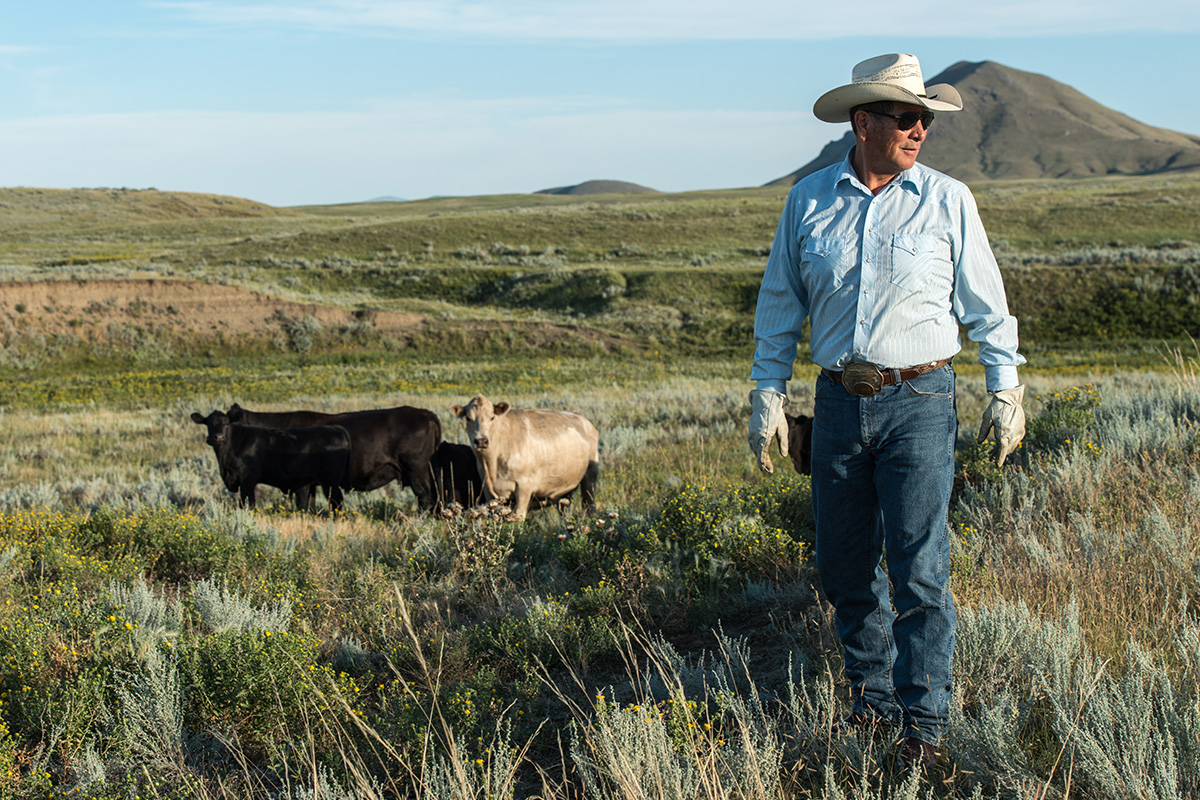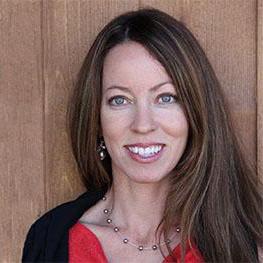Conservation in the American West is often portrayed as zero sum—one group’s gain is another’s loss. And in many cases, it is. In 2001, when President Bill Clinton designated the 378,000-acre Upper Missouri River Breaks National Monument in eastern Montana, placing much of it off limits to grazing and other forms of use, he also set off a firestorm of controversy among locals in the region. Now, more than 15 years later, many still resent the designation. Homemade signs that read “No Federal Land Grab” still linger in the area.
But creative conservation solutions are being developed that are more nuanced and mutually beneficial for the parties involved. Few are aware that just a short distance from the Missouri Breaks monument, a new model is emerging based on a simple idea: Rather than spend time and money lobbying the federal government for conservation, why not buy properties from willing sellers and build an endowment and other revenue sources to manage it?
At the American Prairie Reserve, where I work as manager of economic initiatives, we are doing just that. We have raised $100 million from private supporters to purchase 25 properties, which are now open to the public for camping, hiking, and hunting. Ultimately, our goal is to stitch together 3.5 million acres of both private and public land in the region—an area more than twice the size of Yellowstone National Park. Once these fragmented public and private lands are connected, the reserve will provide a continuous land area collaboratively managed for wildlife and recreation, the largest of its kind in the lower 48 states.
In addition to purchasing land, we have reintroduced bison to the landscape, with our herds now numbering nearly 1,000 animals. We have also converted more than 100 miles of fencing to wildlife-friendly standards, constructed campgrounds, a science center, and safari-style yurts, and are currently developing a hut-to-hut system.
Now American Prairie Reserve has turned its attention to a more difficult problem: Wildlife don’t pay attention to “no trespassing” signs. This fact creates problems for conservationists. As soon as an animal steps over the border of a protected area, there are often conflicts with private landowners. How can we ensure the wildlife we are protecting don’t encounter the same problem?
American Prairie Reserve sought a new model—a system designed to create a permeable “soft boundary” around the reserve that benefits both people and wildlife. This means recognizing the potential spillover effects of our conservation efforts: elk eating grass, prairie dogs digging holes, predators posing risks to calves. We are finding ways to incentivize ranchers to conserve these animals, turning them from liabilities into assets. To do so, we’ve created a menu of options that ranchers can voluntarily choose from, such as restoring degraded streams or modifying fences. A value is attached to each conservation action. The more wildlife conservation a rancher signs up for—such as not tilling up new soil or agreeing not to poison prairie dogs—the more he or she gets paid after the ranches are reviewed by a third-party entity to verify the conservation practices.
“Profits from the sale of Wild Sky beef are used to pay ranchers who implement certain conservation practices on their land. And even though the company is only a few years old, we are already profitable.”
We form year-to-year contracts to help us determine the appropriate values for each of these actions and learn from ranchers what works best. Risk of predators is proving to be the most challenging component. To address this, we recently added a bonus system, in which landowners earn a per-species payment for images of predators captured by remote, motion-sensing cameras installed on their ranches.
To fund this program, APR started a for-profit beef company. Montana Prairie Holdings sells Wild Sky grass-fed beef in outlets around the country and at wildskybeef.com. Wild Sky is the only brand in the nation directly supporting wildlife-friendly ranching. Profits from the sale of Wild Sky beef are used to pay ranchers who implement the conservation practices described above on their land. And, importantly, even though the company is only a few years old, we are already profitable.
My colleagues and I have met with nearly 100 ranchers to discuss our Wild Sky program—and because conservation is typically viewed as a win-lose proposition, we are often met with skepticism. The initial “welcome” can be intimidating. But it doesn’t take long before ranchers are inviting us into their homes for a cup of coffee or a slice of banana bread, and soon after, meaningful conversations take place. In some cases, ranchers who thought we were their enemy have become our strongest advocates.
Such win-win solutions are nothing new. Long before formal government arrived in the West, neighbors resolved disputes by getting to know each other—by sitting down and figuring out a solution that everyone could live with. These informal social norms later became the subject of extensive academic work pioneered, most notably, by the late Nobel laureate Elinor Ostrom.
From our conversations with ranchers, we learn a great deal about the ways of the West going back before the homesteading era. We are reminded that, unlike the dramatic black-and-white Wild West shows portrayed in the news, the American West still embodies the same entrepreneurial spirit of figuring things out and getting stuff done together.




